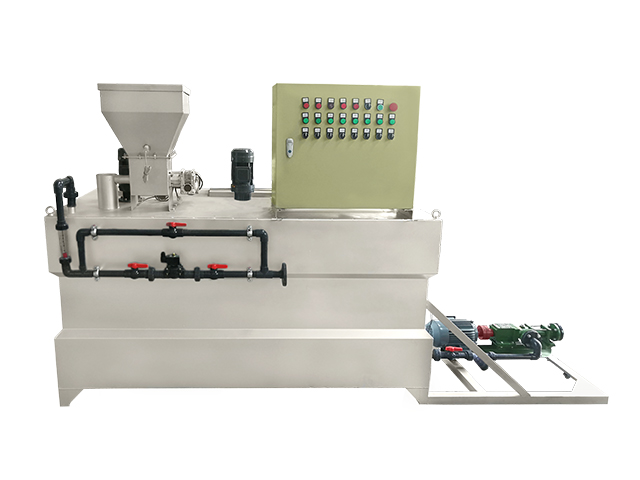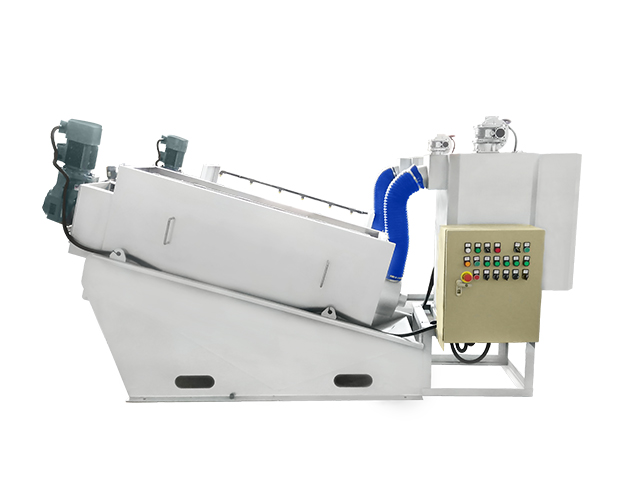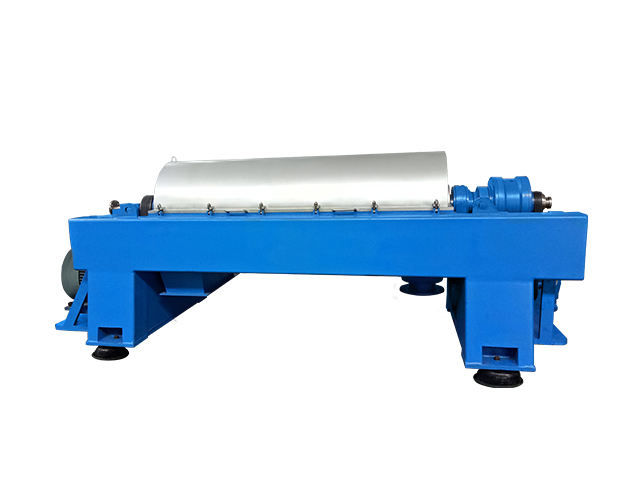
At present, there are still many deficiencies in sewage treatment in China. With the continuous acceleration of urbanization process, the industry has been rapidly developed, which leads to a very large proportion of industrial wastewater in the sewage. Although the industrial wastewater has been disposed by some technologies, but it can not meet the national discharge standards. Therefore, it is necessary to use biological evolution, physical purification, chemical purification and other treatment methods for secondary treatment, so as to effectively dispose the sewage.
The activated sludge process belongs to the biological evolution. It can effectively oxidize and decompose the organic substances in the sewage by using the microorganisms in the nature, so as to realize sewage purification.
1. Overview of activated sludge process
The British Arden and Lockgtt developed the activated sludge process in 1914, which has a history of more than 100 years.
Actually, the activated sludge process is a method which takes the activated sludge as the main medium to dispose the organic pollution source in the sewage by virtue of the characteristics of adsorption, suspension, oxidation and decomposition in the aeration tank. Activated sludge is commonly known as bacterial micelle or floc, is a kind of floc floating in the sewage in the form of colloid or flocculent.
The activated sludge is rich in microbial communities, various adsorbed elements and organic substances. It is mainly composed of bacteria, supplemented by mould, metazoan and yeast, which form a relatively balanced ecosystem.
1.1 Principle of activated sludge process
The activated sludge treatment mainly relies on the oxides in the activated sludge to oxidize and decompose the organic pollutants in the sewage, so as to realize the effective treatment of sewage. The activated sludge process plays an extremely important role in the process of biochemical sewage treatment. It is usually in aerobic environment, in other words, with the help of aerobic bacteria, various substances secreted by bacteria can be used to oxidize and decompose colloidal organic substances, so as to thoroughly purify the sewage.
1.2 Activated sludge treatment process
Activated sludge process is composed of aeration tank, sedimentation tank, sludge return system and residual sludge discharge system.
The aeration tank is essentially a bioreactor. The oxygen needs to be injected into the mixed liquid and stirred thoroughly. Polluted microorganisms and organic substances will be absorbed by suspended objects.
After the mixed liquid enters the sedimentation tank, the solid phase and liquid phase are gradually separated by sedimentation. The purified water flows out of the sedimentation tank, the sludge in the sedimentation tank will return to the aeration tank. After the biological reaction, the microorganisms will continue to propagate and be cleared in the sedimentation tank. Part of activated sludge can effectively keep the stability of the biological balance system, which is called residual sludge. Before discharging, the residual sludge needs to be disposed to avoid polluting the environment.
1.3 Advantages of activated sludge process
According to the relevant practice, in ASM (activated sludge model), in addition to the ordinary activated sludge process, there are many other methods, such as adsorption regeneration, high load rate activated sludge process, multi-point water inflow, etc.
Because of their different characteristics, for example, BOD compliance rate, dissolved oxygen, toxic substances, water temperature, pH value are in different proportions in the sewage, their impact on ASM will be different. The compliance rate of ordinary activated sludge process is usually between 0.23 and 0.31. If high load rate activated sludge process is used in the same load rate environment, it can not only reduce the returned sludge, but also reduce the operating cost.
In addition, according to the relevant research results, in the sewage treatment process, if the speed of transferring pollutants to the sludge is very fast, the pollutants in the sewage will be metabolized very slowly. Although the sewage can be effectively and completely disposed in one minute by ASM technology, but when the sludge flows into the aeration tank, the aeration capacity of ASM will be reduced to some extent. Therefore, some relevant researchers created the adsorption regeneration method. However, it still needs to be noted that the regeneration of activated sludge is to prolong the time for microorganisms to digest and transfer the organic pollutants. So adsorption regeneration method is also called as contact stabilization method.
2. Problems of activated sludge process in sewage treatment
2.1 Sludge rising
When the activated sludge process is used in the sewage treatment, it will seriously affect the sedimentation of the sludge in the secondary sedimentation tank. Some of the sludge can not be settled, and some will be lost because of the force of the waterflow. If the sludge management is improper, and the sludge treatment design is unreasonable, these problems will be widespread. Sludge bulking, sludge denitrification and sludge putrefaction will lead to sludge rising.
2.1.1 Sludge bulking
Generally, the activated sludge has a very strong sedimentation, and the water content is relatively obvious. However, if the activated sludge is deteriorated, it will cause a bad impact on the water content, even cause sludge bulking, which will definitely have a direct impact on the efficiency of sedimentation. Because there are many filamentous bacteria in the sludge, with the continuous proliferation and growth of the filamentous bacteria, it will have indirect adverse effects on the sludge.
2.1.2 Sludge denitrification
In the aeration tank, if the aeration time is too long, the amount of aeration will be very large, there will be high nitrification in the aeration tank, so that there will be a lot of nitrates in the mixture. In this case, denitrification is very easy to occur in the secondary sedimentation tank, and the sludge will float up. If there are too much nitrates in the mixture, it is necessary to be deposited.
2.1.3 Sludge putrefaction
If the aeration amount is too small to meet the required standard, the sewage in the secondary sedimentation tank will stay for a long time, or the sludge in the secondary sedimentation tank can not be discharged smoothly. Therefore, the oxygen content in the tank will be low, and the sludge will be anaerobic decomposed, thus a lot of gas will occur to cause sludge rising. In addition, if the structure design is not standardized, it will also cause sludge rising.
Generally, if the sludge return crack is too large, the movement in the aeration tank will directly affect the liquid in the sedimentation tank. There will be a lot of micro bubbles in the return crack, the bubbles will cause sludge rising. If the section design in the diversion chamber is not reasonable, it will have a bad impact on the separation of gas and water, even have a negative impact on the sedimentation performance of the sludge.
2.2 Bubbles
When activated sludge process is used, the bubbles produced in the aeration tank will have a direct impact on the sewage. Because there are plenty of synthetic detergents or substances containing bubbles in the aeration tank during taking in the water, a lot of bubbles will appear. The appearance of bubbles will cause sludge rising, and finally cause adverse effects on the sewage treatment. In addition, the follow-up equipment will also be affected by the bubbles, it is not conducive to improving the operating efficiency and the operating quality can not be guaranteed.
2.3 No increase or decrease of activated sludge
When the sludge is rising, it will be lost because of the force of the waterflow, so as lead to the decrease of activated sludge. The no increase of activated sludge is because of the lack of nutrients. For example, the gradual decrease of the organic substances in the inflow water, will have a direct impact on the growth of the activated sludge, so the activated sludge will be “no increase”. Thus, the operating quality of sewage treatment can not be guaranteed.


